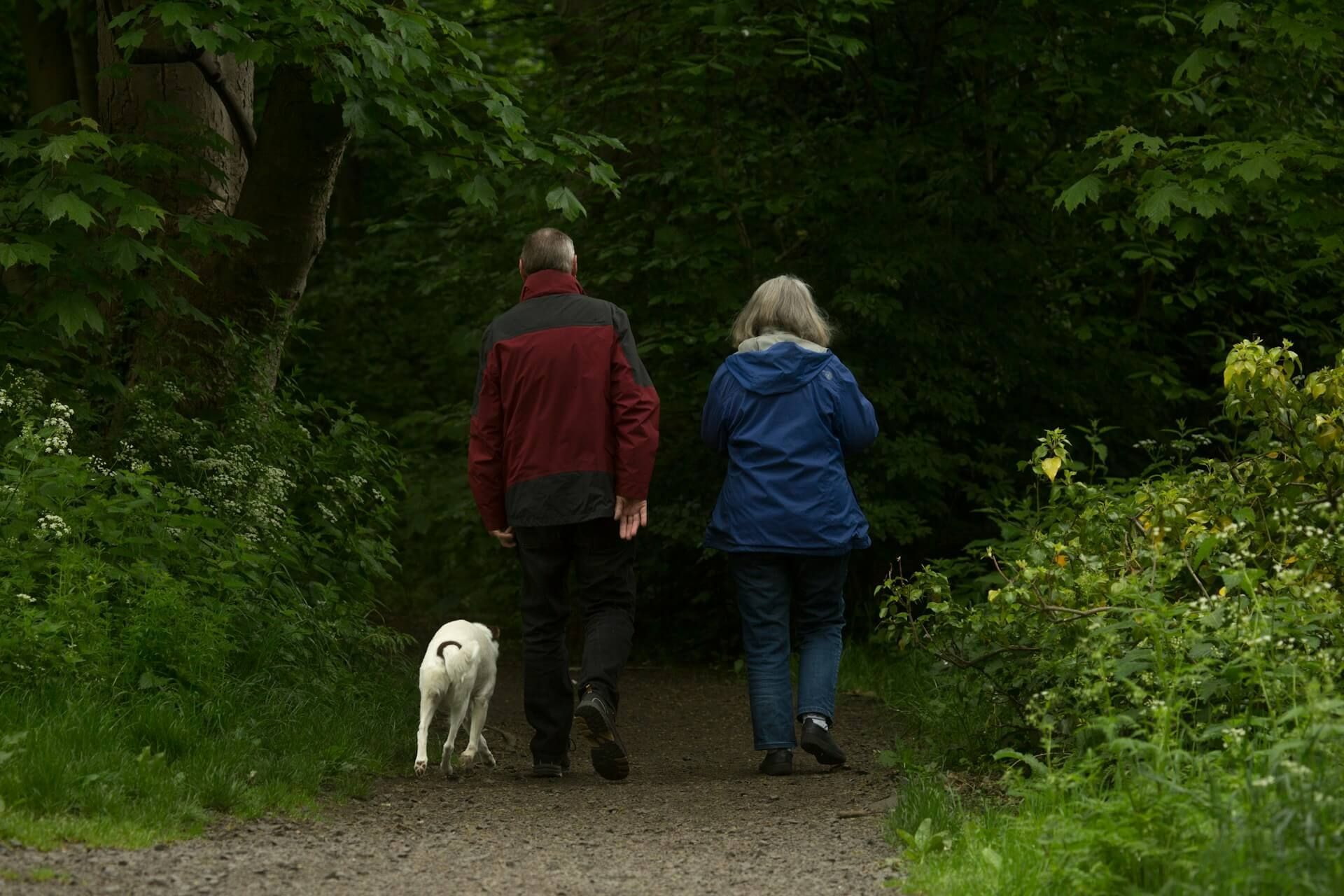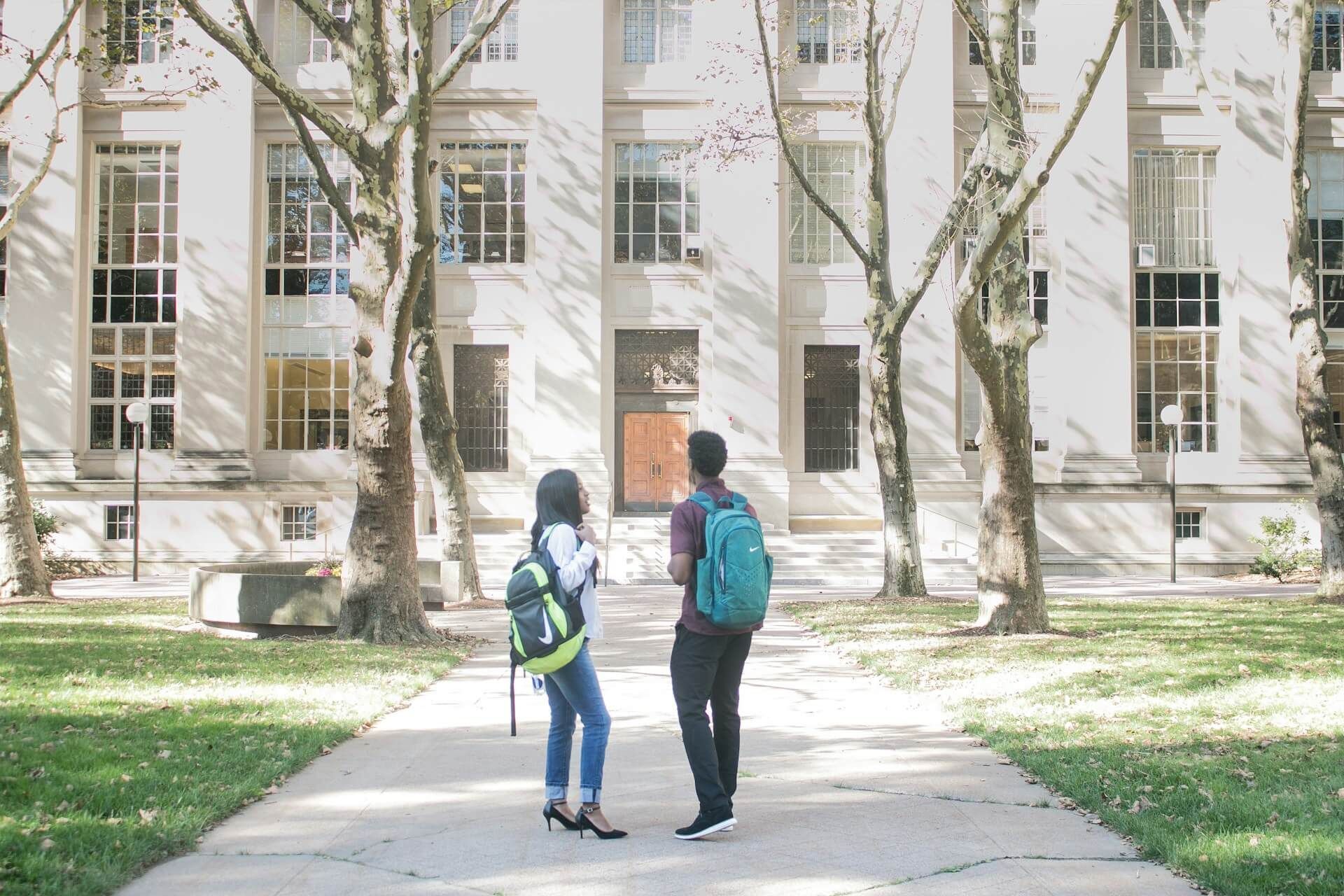We Like To Move It Moving Company
Moving Trends Across The Time

Moving has always been a significant part of human life, but the reasons we move, how we move, and where we move to have evolved dramatically over the decades. Let’s take a closer look at how moving trends have shifted over the years and what these changes reveal about society as a whole.
Early 20th Century: The Rural Exodus
In the early 1900s, moving was primarily driven by economic necessity. The Industrial Revolution was in full swing, and millions of people migrated from rural areas to urban centers in search of factory jobs. Cities like New York, Chicago, and Detroit became booming hubs for new arrivals.
Back then, moving was a family affair, with entire households uprooting their lives to seek better opportunities. Long-distance moves were rare unless prompted by immigration or significant life changes, as transportation options were limited and expensive.
Post-World War II: Suburban Boom
The end of World War II ushered in a new era of moving trends. Soldiers returning home fueled a housing boom, and suburbanization became a defining feature of American life. The invention of the automobile and the expansion of the interstate highway system made it easier for families to move out of crowded cities and into newly developed suburban neighborhoods.
The rise of suburban living was also tied to the “American Dream” ideal—a house with a yard and a safe environment for raising children. Movers during this period were often young families looking to put down roots.
1970s-1980s: The Sunbelt Shift
By the 1970s, moving trends began to reflect a shift in regional preferences. The “Rust Belt,” once a hub for manufacturing, started to decline as factories closed and jobs disappeared. Meanwhile, the “Sunbelt,” encompassing states like Florida, Texas, and California, saw an influx of movers.
Warm climates, lower taxes, and the rise of air conditioning made the South and West more appealing. This period also saw an increase in job-related relocations as corporations expanded into new markets, creating a more transient workforce.
1990s: The Rise of Career Mobility
In the 1990s, the job market began to dictate moving trends more than ever before. As globalization took hold, professionals found themselves relocating frequently for career advancement. Corporate relocations became common, with companies often offering incentives like relocation packages to entice employees to move.
This period also marked the rise of the tech industry, which concentrated in areas like Silicon Valley, prompting an influx of tech workers to those regions.
2000s: Urban Revitalization
The early 2000s saw a resurgence in urban living. Millennials, reaching adulthood, began moving into city centers, drawn by vibrant cultural scenes, job opportunities, and the appeal of walkable neighborhoods. Cities like Austin, Portland, and Seattle became hotspots for young professionals.
At the same time, the housing market crash of 2008 caused a shift in how people moved. Homeownership rates declined, and many opted to rent, making short-term, flexible moves more common.
2010s: The Gig Economy and Lifestyle Moves
The 2010s introduced a new layer to moving trends: lifestyle-driven relocations. With the rise of the gig economy and remote work, people had more flexibility to choose where they lived. Instead of moving for jobs, many began relocating for quality of life, seeking out affordable housing, better weather, or access to outdoor recreation.
This decade also saw the rise of co-living spaces and tiny homes, particularly among younger generations looking for minimalist lifestyles and affordability.
2020s: Pandemic-Driven Migration
The COVID-19 pandemic brought unprecedented changes to moving trends. Remote work became the norm for many, leading to a mass exodus from expensive urban centers to suburban or rural areas. People prioritized larger living spaces, home offices, and proximity to family over proximity to work.
States like Idaho, Arizona, and Tennessee saw significant population growth, while major cities like New York and San Francisco experienced declines. The shift was also fueled by a desire to escape high costs of living and the newfound freedom to work from anywhere.
What’s Next? Predictions for the Future
As we move into the future, several factors are likely to shape moving trends:
- Climate Change: Rising sea levels and extreme weather events may force people to relocate from vulnerable areas to safer regions.
- Remote Work: The continued acceptance of remote work will enable more people to choose affordable or desirable locations over proximity to jobs.
- Sustainability: Growing awareness of environmental issues may lead to more eco-friendly moving practices and a focus on sustainable housing options.
- Globalization 2.0: International moves could increase as remote work allows professionals to live in different countries while maintaining their jobs.
Final Thoughts
Moving trends are a reflection of broader societal, economic, and technological changes. From the rural exodus of the early 20th century to the remote work revolution of today, the reasons people pack up their lives and move continue to evolve. Understanding these trends not only sheds light on where we’ve been but also offers a glimpse into where we might be headed.












